
Marsili, il vulcano è attivo Focus.it
Marsili Seamount vulcano. Marsili is a large, active submarine volcano in the southeastern central Tyrrhenian Sea, located about 175 kilometers (109 mi) south of Naples. It rises about 3,000 m (9,800 feet) from the sea floor and its peak and crater reach within 450 m (1400 ft) beneath the water surface. A recent study has shown that submarine.
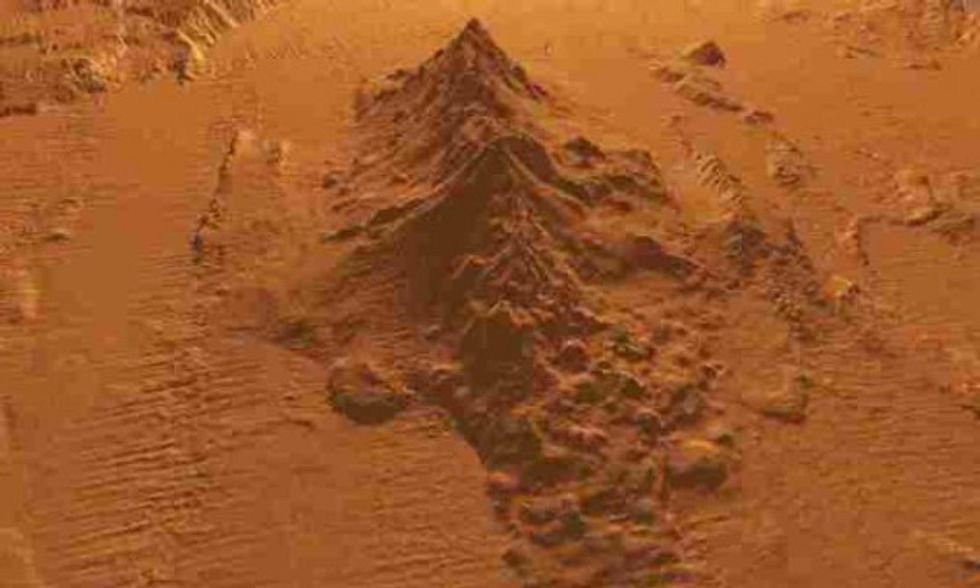
Il vulcano Marsili, un gigante addormentato Panorama
Non passa giorno che non compaia qualche notizia su un suo possibile risveglio. È il Marsili, il vulcano sommerso più grande d'Europa e del Mediterraneo localizzato nel Tirreno tra Palermo e Napoli. È lungo circa 70 km, largo 30 e copre un'area di circa 2.100 km quadrati.
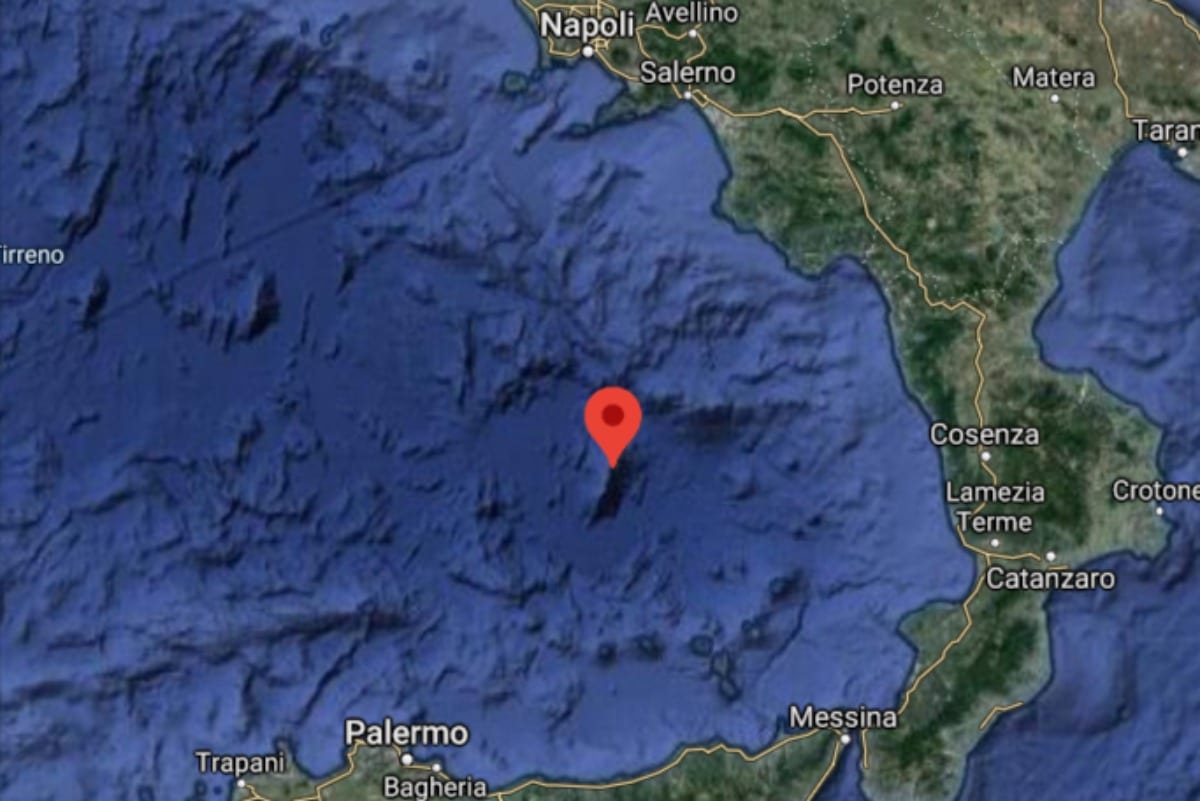
Marsili, il vulcano più grande d’Europa ecco cosa succederebbe in caso
The Marsili Seamount (Tyrrhenian Sea, Italy) is the largest submarine volcano in the Mediterranean Sea, located in the middle of the Marsili Basin, facing the Calabrian and Sicilian coasts on its eastern side, and the coasts of Sardinia on the opposite side. It has erupted in historical times, and its summit crest is affected by widespread hydrothermal activity. This study looks at mass.
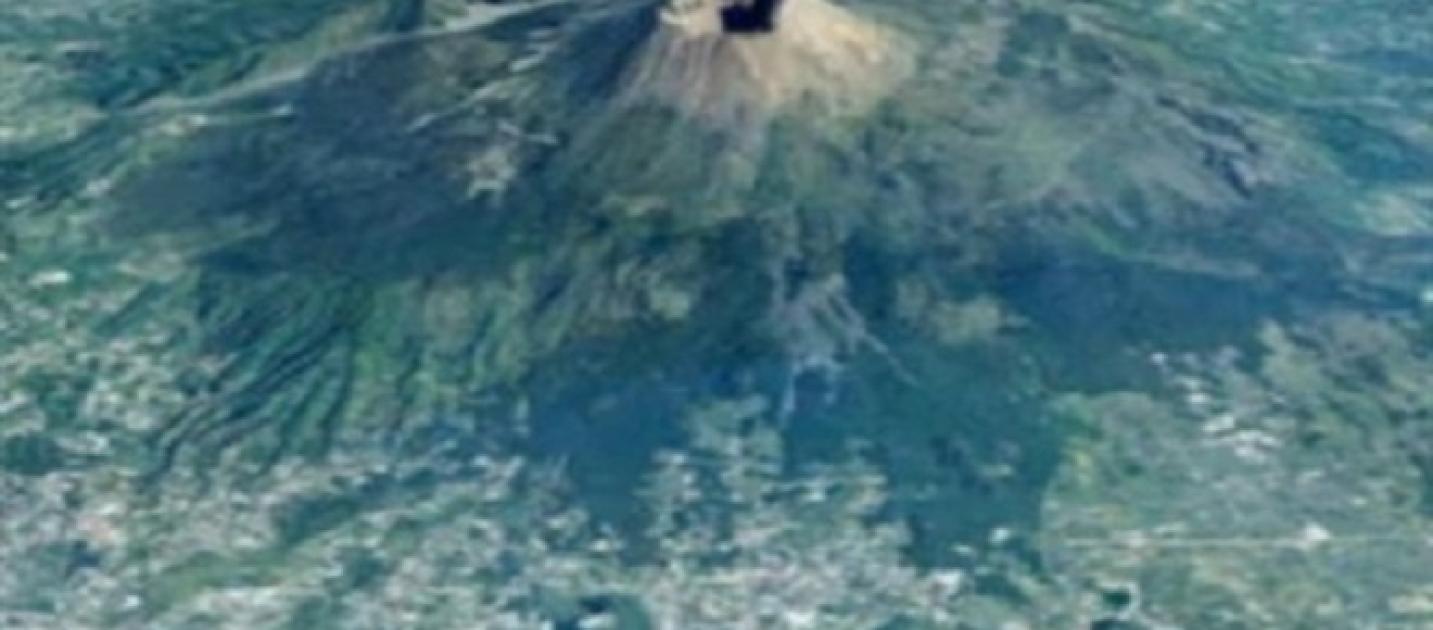
I geologi confermano l'attività del vulcano sottomarino Marsili
Marina Perotta Continua a leggere dopo la pubblicità Il Marsili è il più grande vulcano presente in Europa e si trova sotto le acque del Mar Tirreno, tra Calabria e Sicilia lungo circa 70 Km e largo oltre 30 Km.

Marsili il vulcano gigante del Mar Tirreno
Its name is Marsili, and it is located around 175km (110 miles) south of Naples. With a height of 3,000m (9,800ft), and a base 70km long by 30km wide (43 by 19 miles), Marsili is a true giant. It.
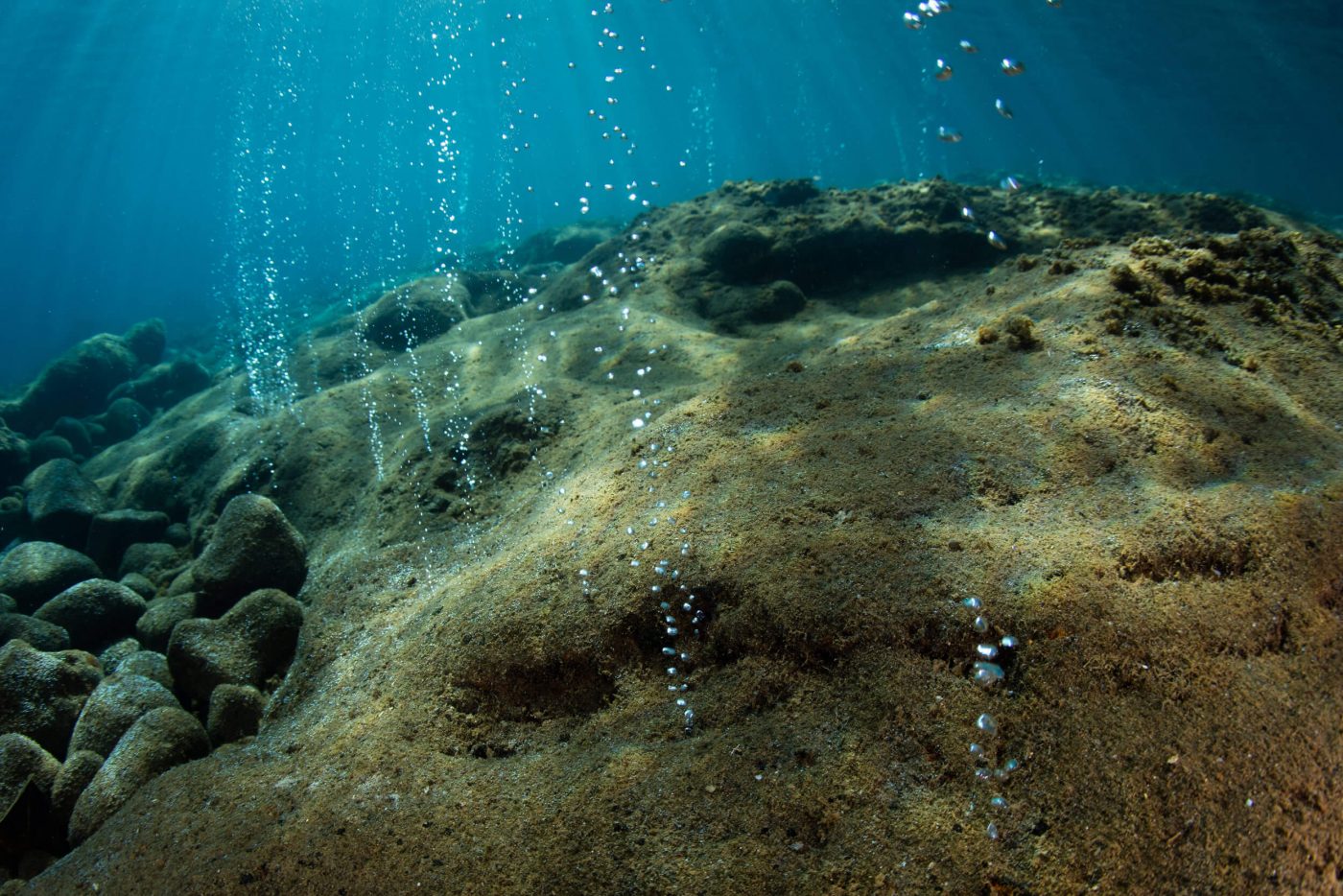
Vulcano Marsili, cosa succede in caso esplodesse? Le conseguenze dell
Marsili - INGVvulcani Marsili Ubicazione e altezza massima: Tirreno Meridionale, 39° 14.912N -14° 23.228'E; Marsili Seamount= - 508 m s.l.m. Superficie: ≈2100 km² Tipo di vulcano: stratovulcano Tipi di eruzioni prevalenti: effusive, esplosive di bassa energia Fenomeni prevalenti: degassamento nel settore centrale, sismicità

Vulcano Marsili, cosa succede in caso esplodesse? Le conseguenze dell
Superficie: ≈2100 km2 Tipo di vulcano: stratovulcano Tipi di eruzioni prevalenti: effusive, esplosive Fenomeni prevalenti: degassamento nel settore centrale, sismicità Inizio attività eruttiva: ≈0.7-1 milione di anni Ultima eruzione: tra 2100 e 3000 anni fa Stato di attività: attivo Livello di allerta (attuale): Non definito
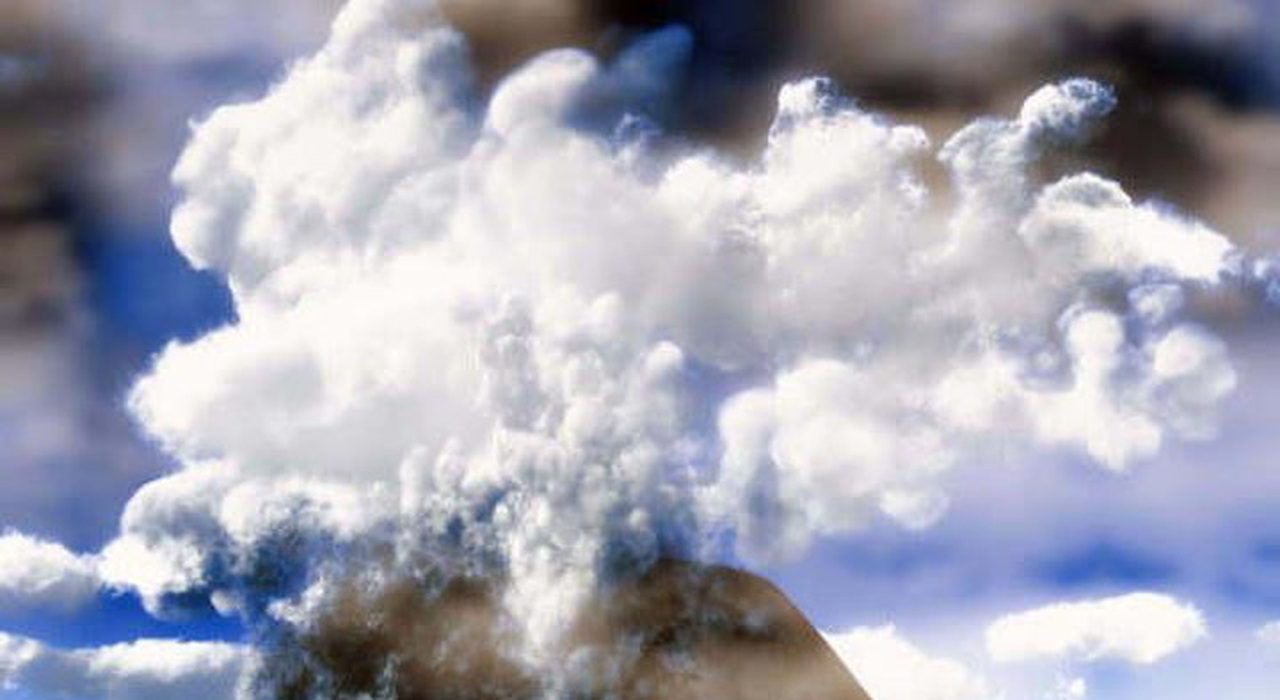
Vulcano Marsili, le conseguenze in caso di eruzione del mostro vulcanico
Based on a project by José Espelius, who died during its construction, it was completed by Manuel Muñoz Monasterio in 1931 and opened in the same year. Las Ventas holds 23,798 fans and, at 196 feet in diameter, the arena is one of the largest in the world. The bullring has a capacity for 23,798 spectators and a ring with a diameter of 60.

volcanMarsili La Terre du Futur
03/02/2022 14:19 6 min. There is a giant volcano in the heart of the Mediterranean, but relatively few have heard of it. We are talking about Marsili, the largest submerged volcano in Europe and the Mediterranean.It is located in the Tyrrhenian Sea, between Palermo and Naples in Italy, about 80 kilometres north of the area where the Aeolian Islands, the Stromboli archipelago and Vulcano are.
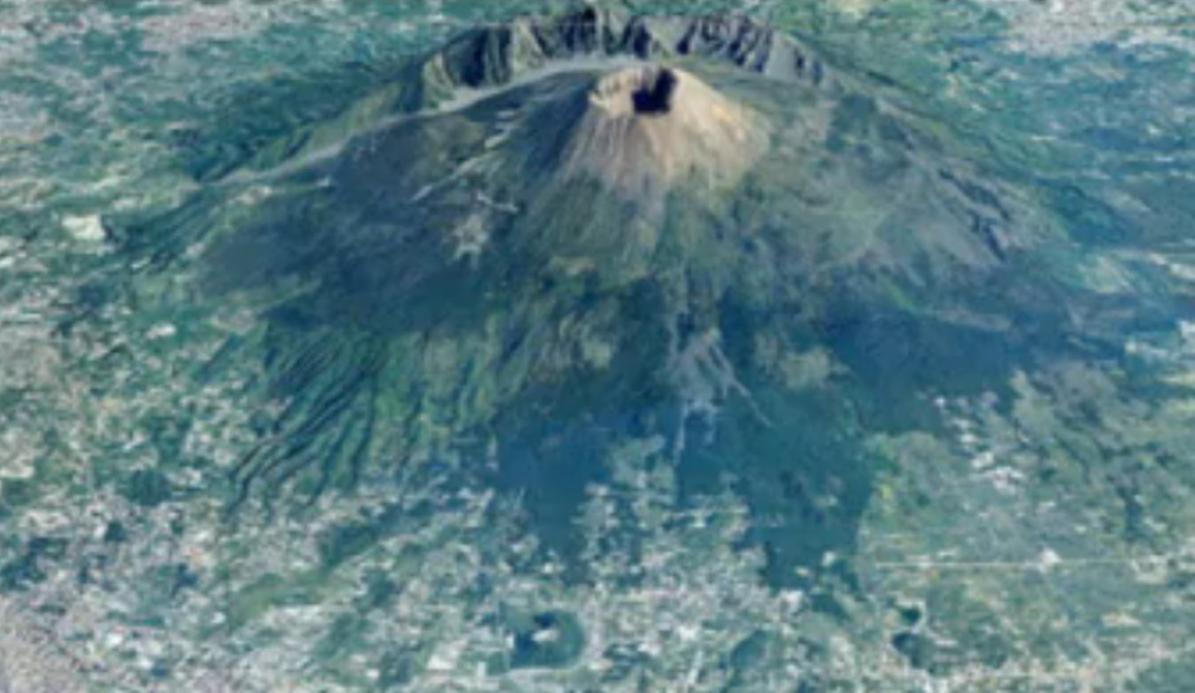
Marsili, il più grande vulcano del Mediterraneo InfoItaliaSpagna
Il vulcano Marsili: tutto quello che c'è da sapere sul "gigante" sommerso nel basso Tirreno di Daniele Ingemi 30 Ago 2016 | 11:50 MeteoWeb A dispetto dei più famosi Etna, Stromboli e Vesuvio,.
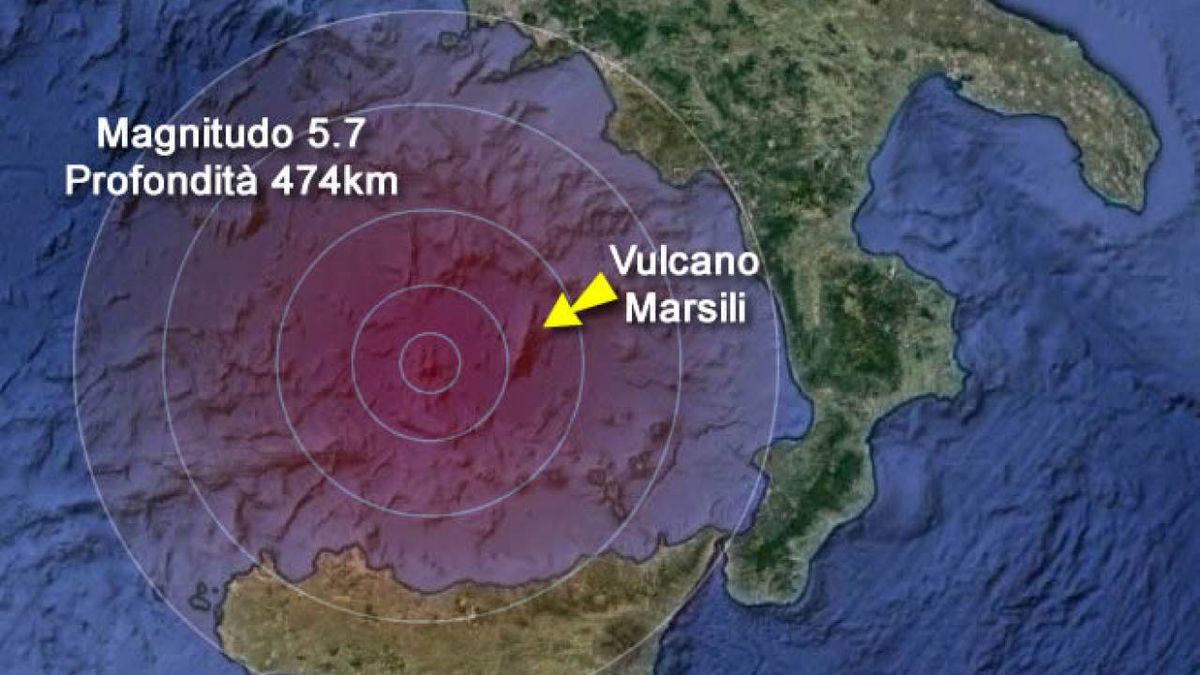
Volcán Marsili EcuRed
The Marsili seamount is a 50-km-long volcanic ridge in the southern Tyrrhenian Sea within a back-arc basin about 75-85 km NW of the Aeolian arc volcanoes. Near-source tephra layers obtained from a core sample were determined by Iezzi et al. (2013) to be approximately 3,000 and 5,000 years old. Accretion of the ridge is thought to have begun around 1 Ma. Recent data also indicate that there is.

Vulcano Marsili il mostro del Mediterraneo best5.it
5 Maggio 2023 Virginia Grozio Il Marsili è il più grande vulcano sommerso a livello europeo. Ecco dove si trova, quanto è grande e tutti i dettagli di questa particolare struttura geologica del Bel Paese. Marsili (Pexels) - Ecoo.it Luogo di una bellezza travolgente, il Sud Italia offre visuali da sogno e angoli incantevoli.

Il vulcano Marsili FOCUS sul “gigante” sommerso nel basso Tirreno tra
Marsili Seamount volcano. Marsili is a large, active submarine volcano in the southeastern central Tyrrhenian Sea, located about 175 kilometers (109 mi) south of Naples. It rises about 3,000 m (9,800 feet) from the sea floor and its peak and crater reach within 450 m (1400 ft) beneath the water surface. A recent study has shown that submarine.

Vulcano Marsili, i geologi “Pericolo tsunami in Sicilia, Campania e
Nelle profondità del Mar Tirreno meridionale giace il più grande vulcano sottomarino europeo. Si trova a circa 140 km a nord della Sicilia ed a circa 150 km.
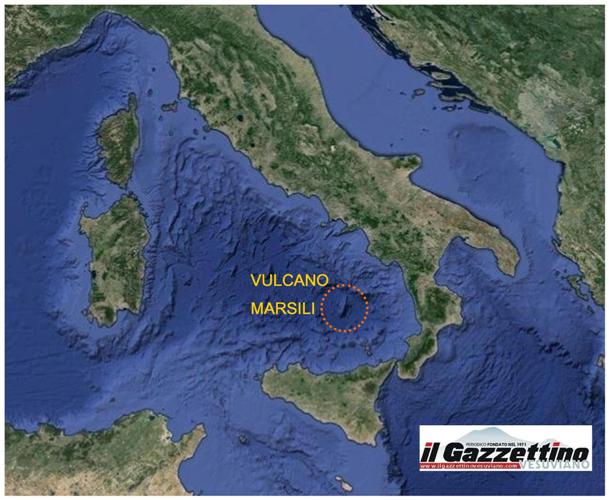
Marsili, il vulcano gigante è attivo e potenzialmente pericoloso
Il vulcano Marsili è il vulcano attivo più grande d'europa. In questo video, diviso in due parti, descrivo il vulcano e la sua pericolosità per le coste dell.

Vulcano Marsili la Calabria deve preoccuparsi? Il Bosone
Marsili is a large undersea volcano in the Tyrrhenian Sea, about 175 kilometers (109 mi) south of Naples.The seamount is about 3,000 m (9,800 feet) tall; its peak and crater are about 450 m below the sea surface. Though it has not erupted in recorded history, volcanologists believe that Marsili is a relatively fragile-walled structure, made of low-density and unstable rocks, fed by the.